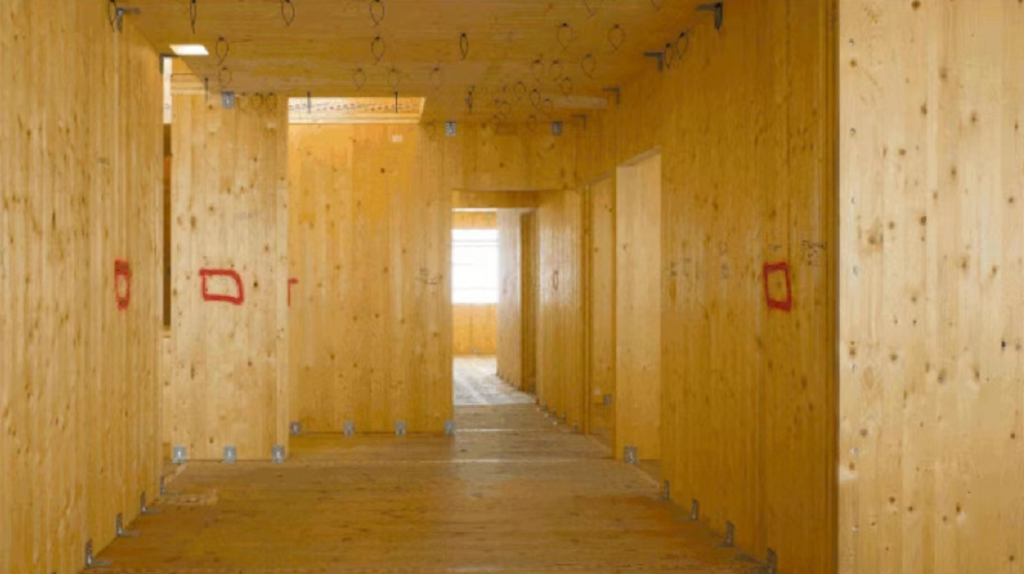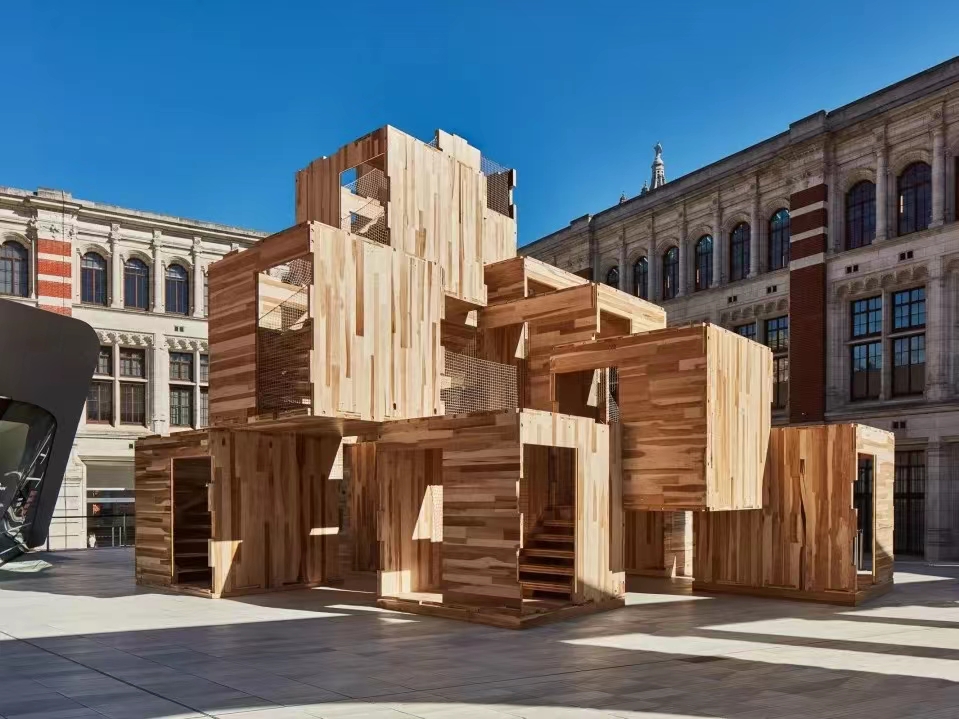Introduction: Innovative architects have tried to make wood the protagonist of modern architecture through cross-laminated timber (CLT) technology.
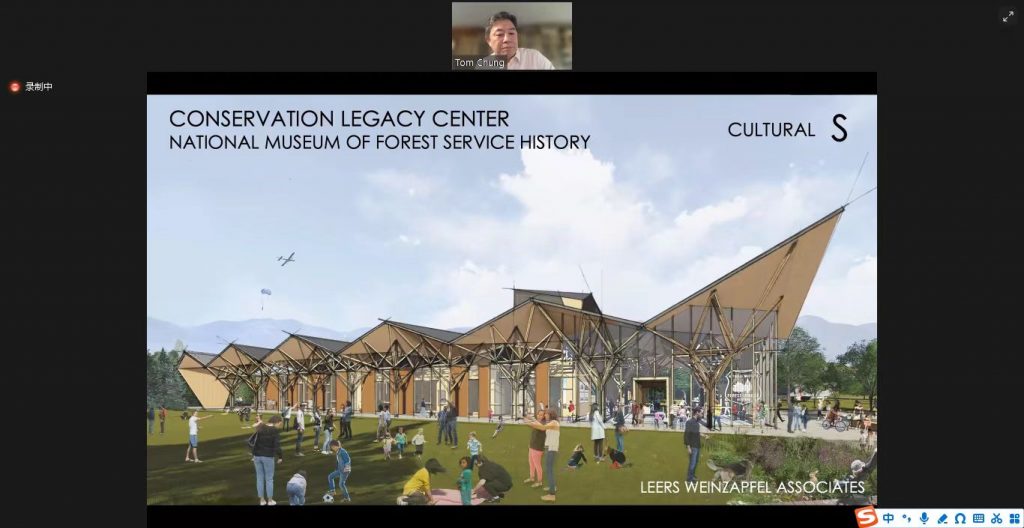
“Europe has been constructing CLT buildings for 25 years, Canada started 15 years ago, while the United States started 10 years ago,” said Mr. Tom S. Chung, Principal of Leers Weinzapfel Associates, during the webinar with the topic of “Mass Timber for the Future of Our Built Environment”, “Early CLT materials mostly used soft wood, which was cheap at that time. With technological iteration and industrial optimization, the cost shortcoming of hardwood is weakening. CLT timber buildings have great potential to address climate change, transform outdated construction processes, and create spaces for human-nature interaction. We have been exploring its potential in research and actively applying it in practice.”
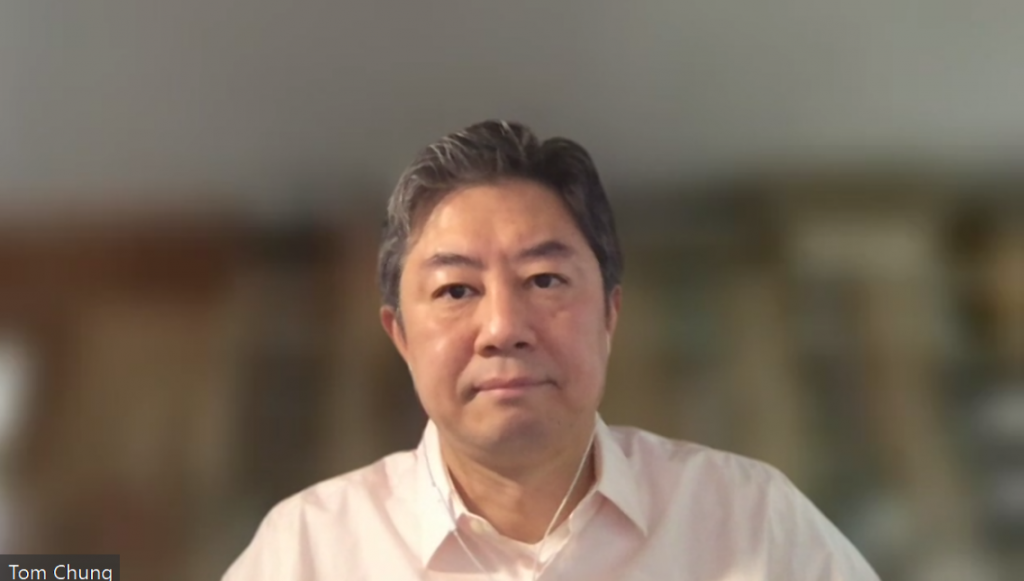
The latest researches and tests show that the natural advantages of hardwood such as density and hardness make it a superior CLT material. Timber-structured buildings are not only environmentally friendly but also affordable, and considering that the logistics prices are usually positively related to the weight of the carried items, timber naturally has lower logistics costs than reinforced concrete. Tom’s preference for blending hardwood and softwood gives the CLT material a layered texture and makes the building a unique natural aesthetic. The wood is selected locally as much as possible, so as to minimize the logistics cost and carbon footprint, and achieve a win-win economic development and environmental protection.
The webinar with the topic of “Mass Timber for the Future of Our Built Environment” was successfully held in Hong Kong on May 26. It was organized by AIA Hong Kong and fully supported by American Hardwood Export Council (AHEC) Southeast Asia and Greater China. Invited speakers included Mr. Tom S. Chung, Principal of Leers Weinzapfizul Associates, Ms. Evelyn Ting, Co-founder and Managing Director of New Office Works (NOW), Ms. Florence Chan, President of AIA Hong Kong, Ms. Jennifer Clever, ATO Director of US Consulate General in Hong Kong, Mr. John Chan, Regional Director of AHEC Southeast Asia & Greater China. More than 80 industry insiders, including members of AIA Hong Kong and designers, gathered online to discuss the wide application of wood in architectural design and its unique charm.
Urban environments are responsible for 75% of annual global Green House Gas emissions; the construction and operation of buildings alone accounts for 39%. Eliminating these emissions is the key to addressing climate change and meeting the Paris Climate Agreement targets. Wood presents a unique opportunity since it is the only truly renewable building material. Through modern engineering and digital fabrication the use of wood as a structural element is now possible, with the advent of Mass Timber.
“China set its goal to achieve carbon peak in 2030 and carbon neutral in 2060.” said John Chan, Regional Director of AHEC Southeast Asia & Greater China, “Wood is the most sustainable material, especially American hardwood is considered as one of the world’s environmentally friendly and sustainable materials which benefits the environment when dealing with Climate Change and Global Warming. AHEC’s goal has been promoting sustainable American hardwood to architects and for architecture applications over 30 years and one step further AHEC has stepped up its program to include the promotion of CLT (hardwood-tulipwood and ash and oak) for Mass Timber Structure projects in 2018. In 2019 AIA IR conference in Shanghai, AHEC sponsored a speaker Andrew Waugh of Waugh Thistleton to introduce the CLT technology to build timber building and the projects that he worked with AHEC for London Design Week – Multiply in 2018.”
He added: “I am very pleased to see that in many fields such as architecture and interior design, people are paying more and more attention to and using low carbon, environmentally friendly and sustainable American hardwood, which allows the unique characteristics and charm of American hardwood to be fully utilized.”
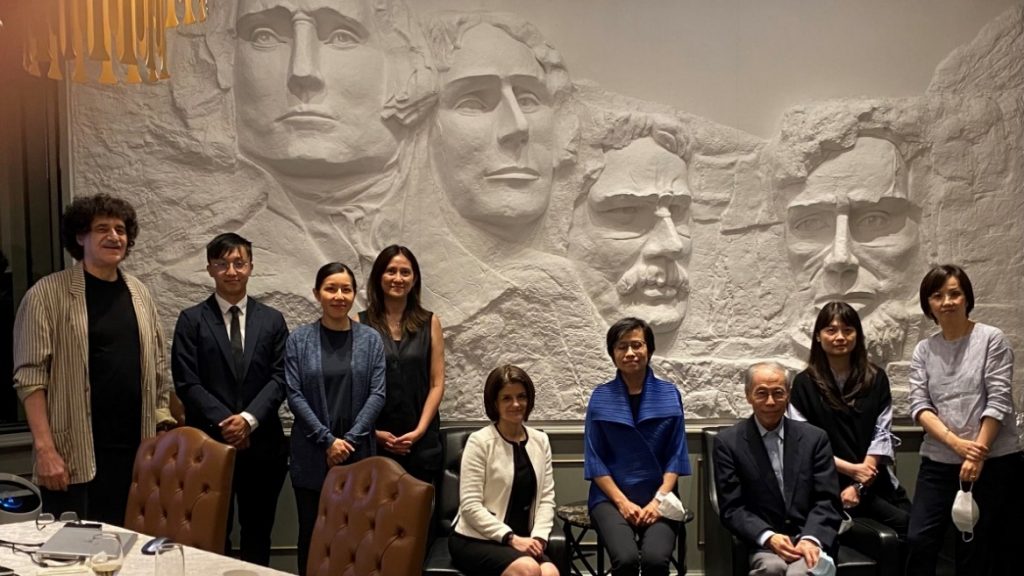
Cross laminated timber (CLT), is a new type of wood building material. In terms of technology, CLT is formed by stacking continuous vertical adhesive layers of wood, which has strong load-bearing capacity, and can be used as an important load-bearing material in both vertical and horizontal combined applications. AHEC has many classic cooperation projects in the application CLT technology – as early as the London Design Festival in 2016, designed by Alison Brooks Architects; the “Smile” project produced by Arup, was actually a two beams bent up at the ends, the first large tubular building ever made of hardwood to allow people to experience the inside, which was a majestic structure constructed using CLT. It was made of American tulipwood, which was beautiful in appearance and strong in structure.
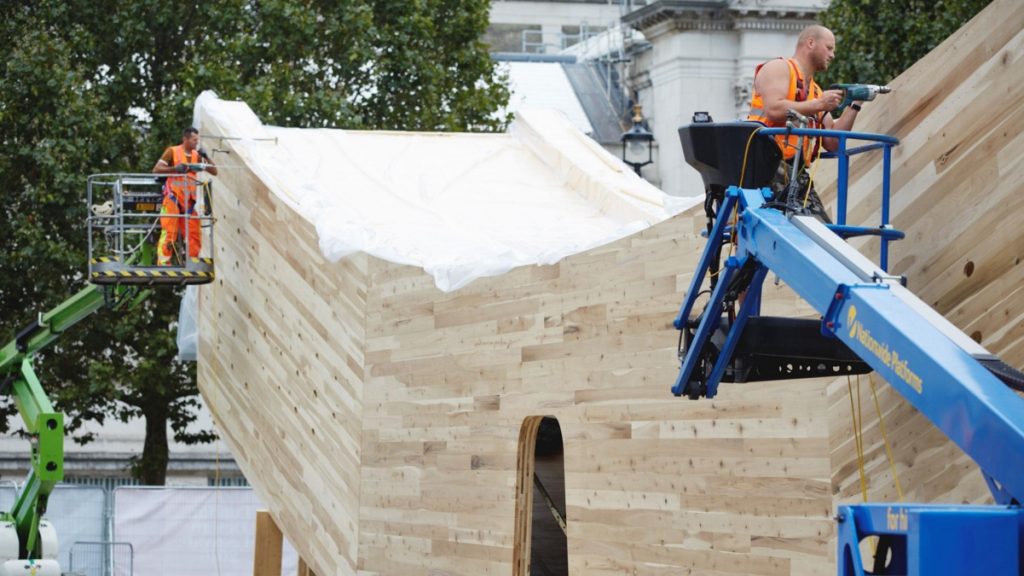
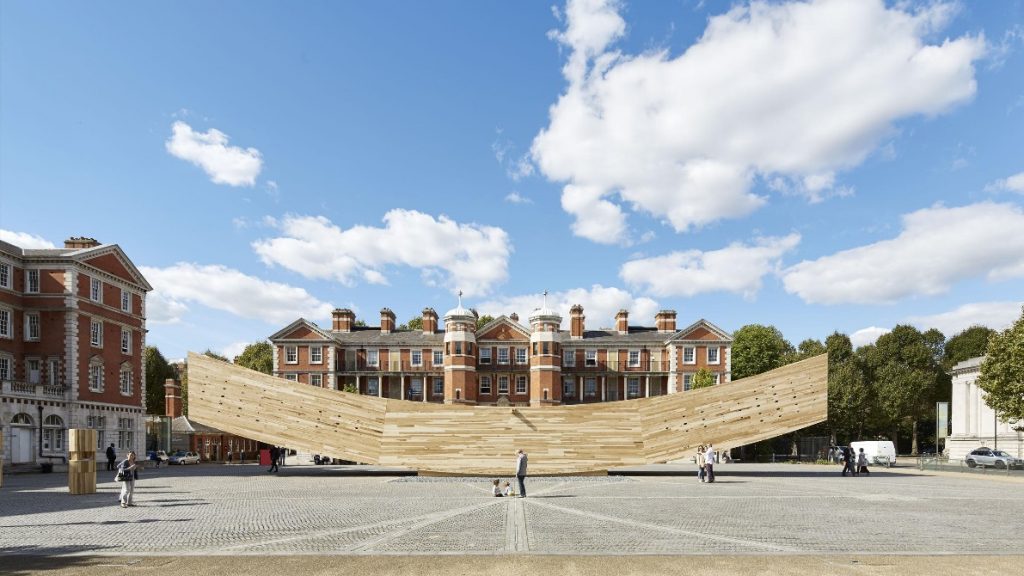
In addition, the MUTIPLY project, exhibited at London Design Week 2018, was designed by Andrew Waugh. This striking landmark project was developed in partnership with Arup engineers and AHEC Europe. The entire project was 9 meters high, and the main structure was composed of 17 interconnected tulipwood CLT modules. The core purpose of the project was to stimulate a debate on how to solve environmental problems through innovative and affordable building materials, so the wood selected for the MUTIPLY project was American tulipwood, which was abundant in North America with sustainable environmental advantages and unique performance.
